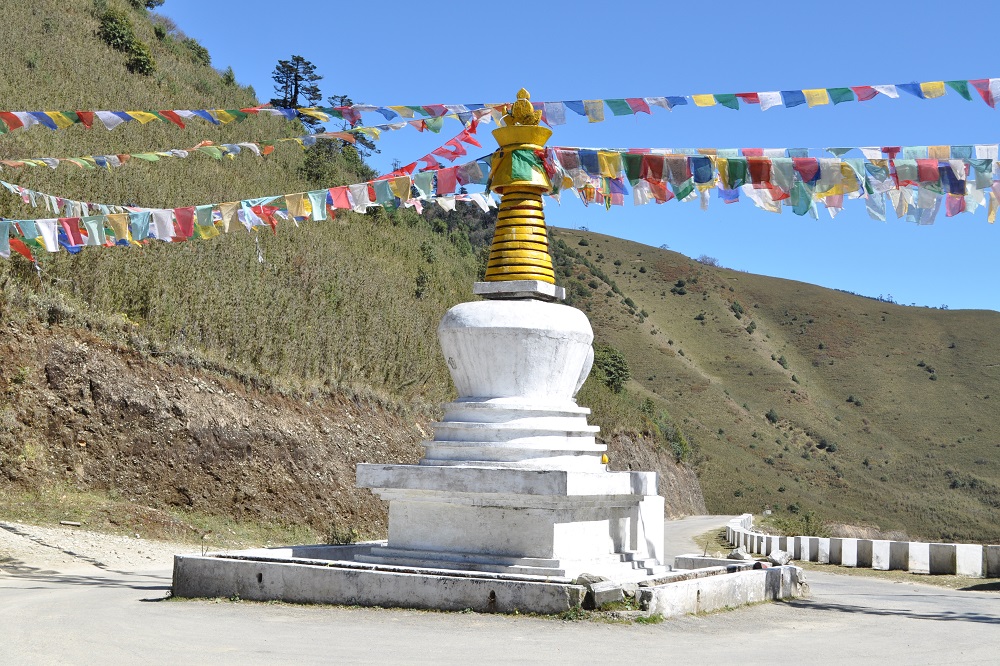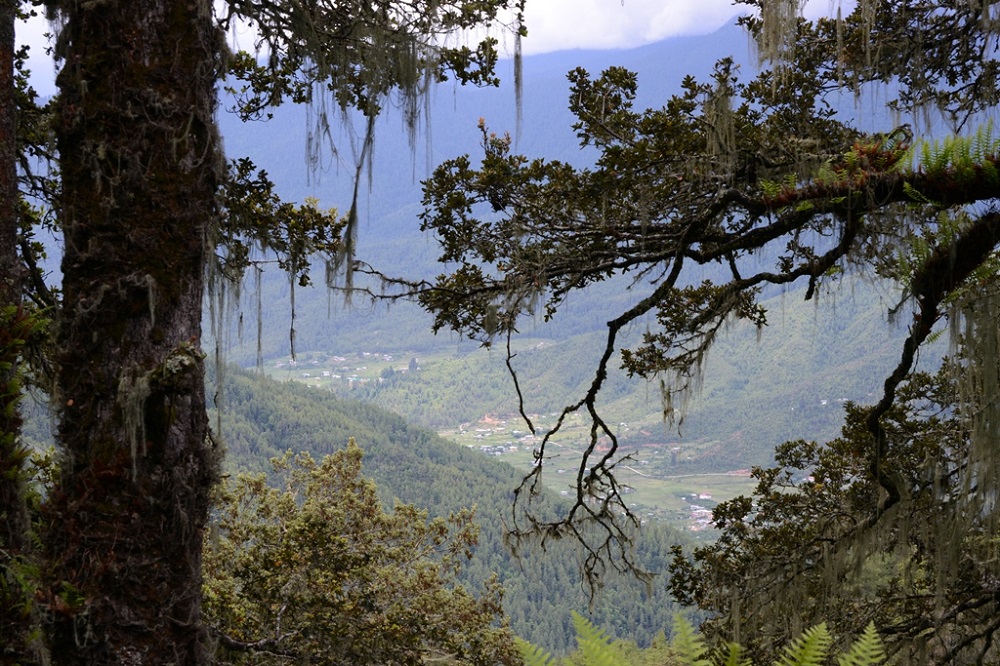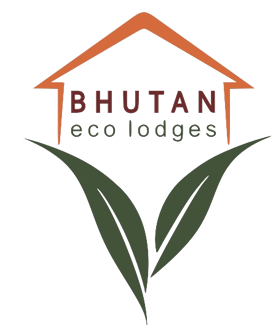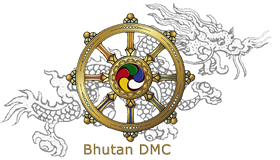Bhutan – Rodongla Trek
A high-altitude adventure trek through an incredible reservoir of biodiversity offering an opportunity to experience nature at its best
Duration: 3 nights 4 days camping trek & 12 nights 13 days cultural tour with hotel stay
Recommended Seasons: April, May, October & November are the best months to go on this trek
Trek Grade: Strenuous (involves crossing 4129-meter-high mountain pass)
The Rodongla Trekking route is one of the ancient highways that connects Bumthang in central Bhutan with Lhuentse in eastern part of the country. This route used to be an important trade route in past. During trek, once can still witness age old walls and steps giving feel of walking through an ancient highway on which Royals and many religious masters walked through. This trekking trail is also an opportunity to experience nature at its best with not much human interference for centuries. The majestic snow-capped mountains also present panoramic vistas, on clear day. The trek crosses Rodongla pass (4,129m), passing through hemlock, bamboo and pine vegetation, meadows and mountains through incredible reservoir of biodiversity that still holds sweet memories of yester years.
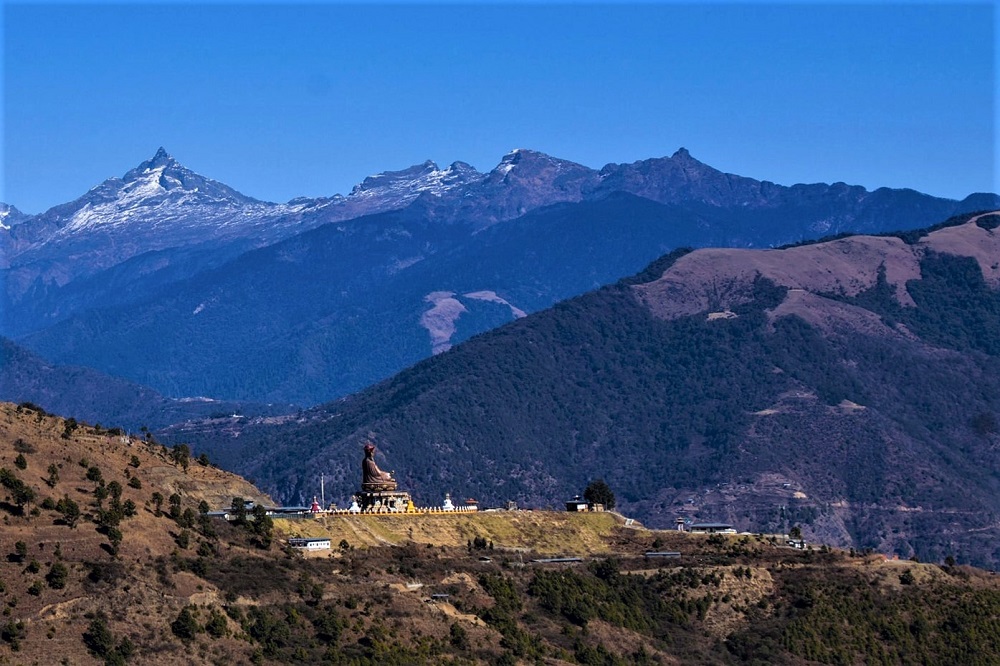
Itinerary for Rodongla Trek
Day 1: Arrive Paro by Flight
The flight to Bhutan’s Paro International Airport is mesmerising and one of the most exciting in entire Himalayas. Flying along the world’s tallest mountain ranges or over the Himalayan foothills, the journey offers fascinating views and once in a lifetime experience. As you disembark from the aircraft, the first gift from Bhutan will be cool, clean, pure and fresh mountain air. After immigration formalities and baggage collection, warmly received by our representative and drive through picturesque valley of Paro to the hotel.
Afternoon, proceed to visit Rinpung Dzong (Paro Dzong), meaning (‘fortress of the heap of jewels’), which has a long and fascinating history. Along the wooden galleries lining the inner courtyard are fine wall paintings illustrating Buddhist lore such as four friends, the old man of long life, the wheel of life, scenes from the life of Milarepa, Mount. Sumeru and cosmic Mandala.
Then drive to 7th century Kyichu Lhakhang, one of the 108 temples built in the Himalayas by Tibetan King, Songtsen Gampo. The building of this temple marks the introduction of Buddhism in Bhutan.
Evening wander around Paro city centre.
Overnight at the hotel in Paro (Altitude 2,280m)
Day 2: Paro
After breakfast, visit Ta Dzong, originally built as Watchtower and now housing National Museum of the country. The extensive collection includes antique thangkha paintings, textiles, weapons & armour, household objects and a rich assortment of natural and historic artifacts.
Then embark on a fascinating excursion to Taktshang Monastery or Tiger’s Nest (approx. 5 hours’ round trip walk). It is one of the most famous of Bhutan’s monasteries, perched on the side of a cliff 900m above the Paro valley floor. Legends say that Guru Rinpoche arrived here on the back of a tigress and meditated at this monastery and hence it is called ‘Tiger’s Nest’. This site has been recognized as a most sacred place and visited by Zhabdrung Ngawang Namgyal in 1646 and now visited by all Bhutanese at least once in their lifetime.
Evening at leisure and for exploration in Paro town and market.
Overnight at the hotel in Paro (Altitude 2,280m)
Day 3: Paro – Thimphu (55km, approx. 1.1/2-hour drive)
After breakfast, drive through picturesque countryside to charming capital city, Thimphu.
On the way, take a short stop at Chuzom, the confluence of Paro and Thimphu rivers. The Chuzom is marked by three different styles of chortens (stupas) and a traditionally built colourful welcome gate.
Five miles before Thimphu town, on the way visit Simtokha Dzong, one the oldest fortress of the country built in 1629. The name Simtokha literally means ‘Atop a Demon’ and the legend associated with the dzong’s construction tells us that it was built in order to subdue an evil spirit that was harassing travellers in the region. The dzong was modelled after the Gyal Gyad Tshel Institute of Ralung (Tibet) and is quite distinctive as its Utse or central tower has 12 sides.
On arrival in Thimphu, check-in and installation to the hotel.
After lunch, drive to Buddha Dordenma, located atop a hill in Kuenselphodrang Nature Park, overlooking the Southern entrance to Thimphu valley. The statue fulfils an ancient prophecy dating back to the 8th century A.D that was discovered by Terton Pema Lingpa (Religious Treasure Discoverer) and is said to emanate an aura of peace and happiness to the entire world. This massive statue of Shakyamuni measures in at a height of 51.5 m, making it one of the largest statues of Buddha in the world. The statue is made of bronze and is gilded in gold. 125,000 smaller Buddha statues have been placed within the Buddha Dordenma statue; 100,000 statues of which are 8-inches-tall and 25,000 statues of which are 12 inches tall. Each of these thousands of Buddhas have also been cast in bronze and gilded. The throne that the Buddha Dordenma sits upon is a large meditation hall.
Then drive to Memorial Chorten, one of the most prominent landmarks in the capital city of Thimphu. Built in 1974 in memory of Bhutan’s Third King, His Majesty Jigme Dorji Wangchuk, this amazing stupa is decorated with richly carved annexes facing the four directions and features elaborate mandalas, statues and a shrine dedicated to popular Third King whose photo in a ceremonial dress adorns a hall in ground floor. Throughout the day people circumambulate the chorten, whirl the large red prayer wheels and pray in the adjacent shrine.
Afterwards drive to Pangri Zampa, founded in early 16th century, this riverside monastery complex houses Bhutan’s most important college for traditional astrology. The complex gets its name from the cantilevered bridge situated beside the complex and the two huge cypress trees in front of the temple are said to be the biggest in the country. The institute is entrusted to decide the date for several important events & occasions in the country.
Conclude the tour of the day with a visit of Trashichhoe Dzong, ‘fortress of the glorious religion’. This is the center of Government and religion, site of monarch’s throne room and seat of Je Khenpo or Chief Abbot. Built in 1641 by the political and religious unifier of Bhutan, Zhabdrung Ngawang Namgyal, it was reconstructed in 1960s in traditional Bhutanese manner, without nails or architectural plans.
Prior to returning to hotel, explore Authentic Bhutanese Craft Bazaar, consisting of about hundred shops crafted from eco-friendly bamboo and lined neatly in a row, selling colourful and beautiful authentic handicrafts of Bhutan.
Overnight at the hotel in Thimphu (Altitude 2,320m)
Day 4: Thimphu – Punakha (75km, approx. 2.1/2-hour drive)
After early breakfast drive to Punakha across Dochu-la pass (3,088m/ 10,130 ft) stopping briefly here to take in the view and admire the chorten, mani wall, and prayer flags which decorate the highest point on the road. Weather permitting, following peaks can be seen from this pass (left to right): Masagang (7,158m), Tsendagang (6,960m), Terigang (7,060m), Jejegangphugang (7,158 m), Kangphugang (7,170 m), Zongphugang (7, 060 m), a table mountain that dominates the isolated region of Lunana - finally Gangkar puensum, the highest peak in Bhutan at 7,570m.
Then drive onwards to Punakha. The district of Punakha has been inextricably linked with momentous occasions in Bhutanese history. It served as the capital of the country from 1637 to 1907 and the first national assembly was hosted here in 1953. The valley of Punakha has a pleasant climate with warm winters and hot summers.
Afternoon visit Punakha Dzong the second oldest, the second largest and one of the most majestic fortresses in the country, built at the confluence of Pho Chhu and Mo Chhu rivers. The Dzong is 180m long and 72m wide while the Utse (central tower) is six storeys high.
Frequent fires (the latest in 1986) had damaged the dzong, as did the severe 1897 earthquake. In 1994 a glacial lake burst on the Pho Chhu, causing damage to the dzong but overcoming all the challenges it has been fully restored in its original splendour. Access to the dzong is across the Bazam bridge, which was rebuilt in 2008 after the original 17th-century bridge was washed away in floods in 1958.
Later take an excursion to Chimi Lhakhang, located on a hillock near Sopsokha village, about 20-minute walk from the road point along the agricultural fields of mustard and rice. Prayer flags are lined all along the road from the tiny village hamlet known as Yowakha, along a stream to the monastery. Also known as Fertility Temple, this famous Lhakhang is dedicated to Lama Drukpa Kuenley, the 15th century Tibetan saint who is popularly known as ‘Divine Madman’ owing to his strange way of teaching. It is widely believed that childless couple who visit the temple are blessed with a baby hence it is also called Fertility temple.
Overnight at the hotel in Punakha (Altitude 1,300m)
Day 5: Punakha – Gangtey (85km, approx. 3-hour drive)
Morning after breakfast, drive onto Gangtey, passing through old Wangdue town en route.
The valley of Gangtey is one of the most beautiful and ecologically rich places in Bhutan. The surprise of finding such a wide, flat valley without any trees is augmented by an impression of vast space and is an extremely rare experience in Bhutan where most of the valleys are tightly enclosed.
Afternoon visit Gangtey Goenpa, an important monastery of Nyingmapa school of Buddhism, the main seat of the Pema Lingpa tradition. Situated on a prominent hilltop this venerated monastery was founded in 1613 by Je Kuenga Gyaltshen and houses a school, meditation centre and quarter for monks.
Then explore idyllic bowl-shaped glacial Phobjikha valley lying on the western slopes of the Black Mountains and bordering Jigme Singye Wangchuck National Park. Because of the large flock of black-necked cranes that winters here, it is one of the most important wildlife reserves in the country. The valley boasts two beautiful meandering rivers, Nakay Chhu & Gay Chhu and according to local legend, the two rivers actually represent a snake and a boar, with an interesting legend.
To know more about legendary cranes, visit the Black Necked Crane Centre overlooking the picturesque wetland. This vantage location of the centre allows visitor to relax and spot Black-Necked cranes and other bird species in the valley. The center’s observatory is also equipped with bird watching telescopes and binoculars.
Overnight at the hotel in Gangtey (Altitude 3,000m)
Day 6: Gangtey – Trongsa (85km, approx. 3-hour drive)
Post breakfast, drive on to Trongsa crossing Pelela pass (3,300 m), the traditional boundary between east and west. The pass is marked by colourful prayer flags while the ground here is covered with high altitude dwarf bamboo. Stop en route at Chendbji Chorten, the stupa built in 18th century by a Lama named Shida. It is Nepalese in style with eyes painted at four cardinal points.
Afternoon visit Ta Dzong, an ancient watchtower converted into a museum which is now dedicated to the Wangchuck dynasty and is an interesting place to learn about the history of the kingdom.
Then visit majestic Trongsa Dzong, built in 1644. It used to be the seat of power of the Wangchuck dynasty before they became rulers of Bhutan in 1907. Traditionally, the King of Bhutan first becomes the Trongsa Penlop (governor) before being named the Crown Prince and eventually the King. Built on a mountain spur high above the gorges of the Mangde Chhu, the dzong controlled east-west trade for centuries.
Evening at leisure in heart of Trongsa town, meeting & interacting with locals.
Overnight at the hotel in Trongsa. (Altitude 2,310m)
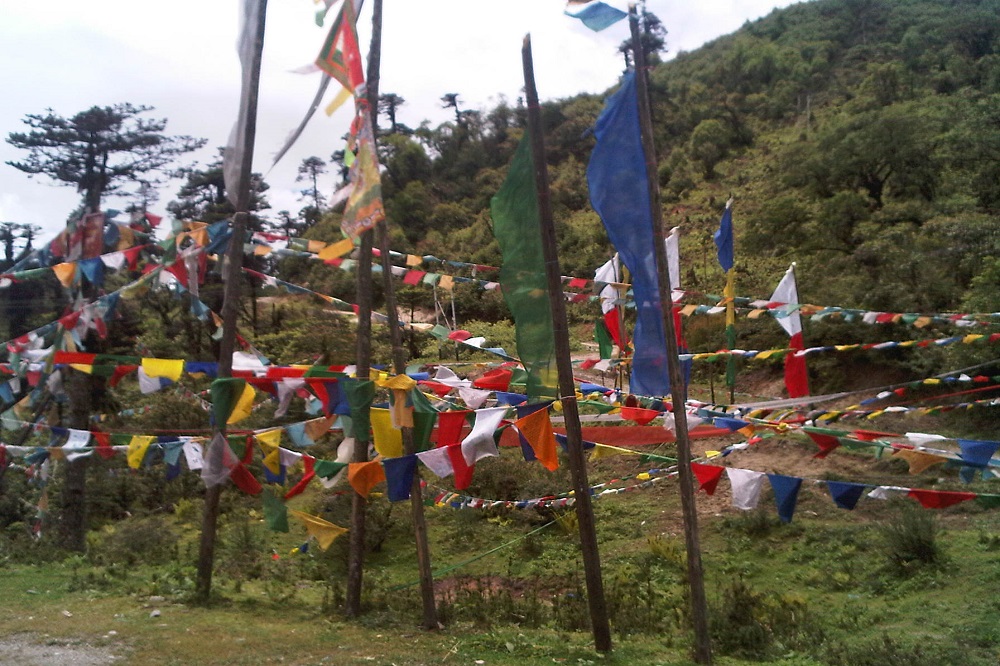
Day 7: Trongsa – Bumthang (Jakar) (68km, approx. 2.1/2-hour drive)
After the breakfast, drive to Bumthang en route taking a short stop at Chumey, a wide fertile valley where wheat, barley, potatoes and buckwheat are cultivated. Chumey is particularly known for its famous wool weaving called ‘Bumthang Yathra’.
Bumthang comprising of four valleys namely, Tang, Ura, Chumey & Choekhor, is one of the most richly endowed districts in Bhutan, in terms of historical and cultural legacy. Choekhor valley is the largest amongst all and widely considered as ‘Bumthang valley’. The valleys are broad and gentle carved by the ancient glaciers, housing most venerated temples and monasteries in the country. The fertile valleys of Bumthang are covered with fields of buckwheat, rice and potatoes, apple orchards and dairy farms.
The sightseeing of the day starts with Jambey Lhakhang, the ancient temple built by Tibetan King Songtsen Gampo in 659 A.D. as part of a chain of 108 simultaneously constructed temples in order to subdue an evil demoness that lay over the Himalayan region.
Short distance from Jambey Lhakhang is the site of sacred Kurje Lhakhang comprising of three temples which are surrounded by 108 chorten walls. The first and the oldest structure of the three, was constructed on the rock where Guru Rinpoche meditated. The second building is also called the Sampa lhundrup temple and houses a colossal statue of Guru Rinpoche. The third building is known as Ka Gon Phur sum lhakhang dedicated to the happiness of all living beings in the kingdom.
Then visit picturesquely located Jakar Dzong, overlooking Choekhor valley. According to legend, when the lamas assembled in about 1549 to select a site for a monastery, a big white bird rose suddenly in the air and settled on a spur of a hill. This was interpreted as an important omen, and the hill was chosen as the monastery's site and for Jakar Dzong, which translates as 'castle of the white bird'.
Evening at leisure for independent activities, exploring local market, learning the art of traditional Bhutanese cuisine or an interactive session with Buddhist monk.
Overnight at the hotel in Bumthang. (Altitude 2,600m)
Day 8: Bumthang (Jakar)
After early breakfast, excursion to Ura valley.
Wide valley of Ura that sits at an elevation of 3,100 metres is located in south-eastern part of Bumthang district about 48km, 1.1/2-hour drive from heart of the town. To reach here, the road climbs to amazingly open countryside, only occasionally running into forest. Large sheep pastures line the road up to 20 km behind the southern tip of the Tang valley. The route crosses Ura la pass (3,600m) with a magnificent view of Mount. Gangkhar Puensum. Villages in Ura have about 50 or so clustered houses, with cobbled walkways that gives it a charming medieval look. Above Ura village (3,100m) is a new temple dedicated to Guru Rinpoche. Inaugurated in 1986, the temple contains a huge statue of the master and remarkable paintings of the cycle of his teachings. The people of this region have been primarily yak and sheep herders and engaged in agricultural activities with potato being the main cash crop along with seasonal wild mushroom collection especially the high price fetching species like Tricholoma matsutake and Lyophyllum sp. Now a days, Ura has been transformed from a marginal community to a prosperous valley.
Afternoon an interesting visit to Bumthang Brewery. This state-of the-art microbrewery produces Swiss-style unfiltered Weiss beer locally famous as ‘Red Panda Beer’. When launched, this was first of its kind Brewery in Bhutan, producing draught beer, apple cider, wine, apple brandy. At the Brewery, one can see the entire process of making unfiltered Weiss beer while at adjacent Swiss Farm get an insight into the cheese-making process, also taste Red Panda Beer and procure cheese, apple brandy, clover honey etc.
As the time permit, visit Tamshing Lhakhang, a major Nyingma monastery founded in Pema Lingpa in 1501. It is particularly famous for its collection of paintings which exemplify the region’s style while its mother monastery is Lhalung in central Tibet. The monastery is one of the few institutions continuing the teaching of Pema Lingpa.
Evening at leisure in the heart of charming town.
Overnight at the hotel in Bumthang. (Altitude 2,600m)
Day 9: Bumthang – Tang Valley (37km, approx. 1.1/2-hour drive)
Morning after breakfast, drive to Tang valley. Terton (treasure discoverer) Pema Lingpa, the famous saint, was born in the pristine Tang valley (2800m) which is one of the four fascinating Bumthang valleys and of great spiritual significance.
On the way, visit Membartsho or ‘The Burning Lake’. It is a wide spot on the Tang Chhu (chhu - water / river) and considered to be one of the greatest pilgrimage sites of Bhutan. Pema Linga, the famous Buddhist saint found several of Guru Rinpoche's hidden treasures here. The importance of this site is indicated by the extensive array of prayer flags and the small clay offerings called Tse Tsa in rock niches.
Afternoon, a special visit to Ogyen Chholing Palace & Museum, the most prominent site in Tang valley. Restored in 19th century, historically significant Ogyen Choling Palace is now housing the Family Museum, a place that transports visitors to another world and time. The visitors here view permanent exhibits recreated to capture the ambience of the lifestyle of the Trongsa Penelop (Governor) Tshokey Dorji and his household. It also serves as retreat for those engaged in religious history.
Evening take a stroll in and around the pristine valley.
Overnight at the guest house in Tang valley. (Altitude 2,896m)
Day 10: Tang Valley – Phokphe (9km, approx. 5-hour trek, Ascent: 882m)
The trek starts from 19th century Manor house, Ogyen Chholing (2,896m and passes through bamboo, hemlock and finally up to alpine forests. One the way, one come across Yak herders and gets chance to taste the highland dairy products. Today’s camp is in a meadow at the head of the valley.
Overnight camp at Phokphe. (Altitude 3,554m)
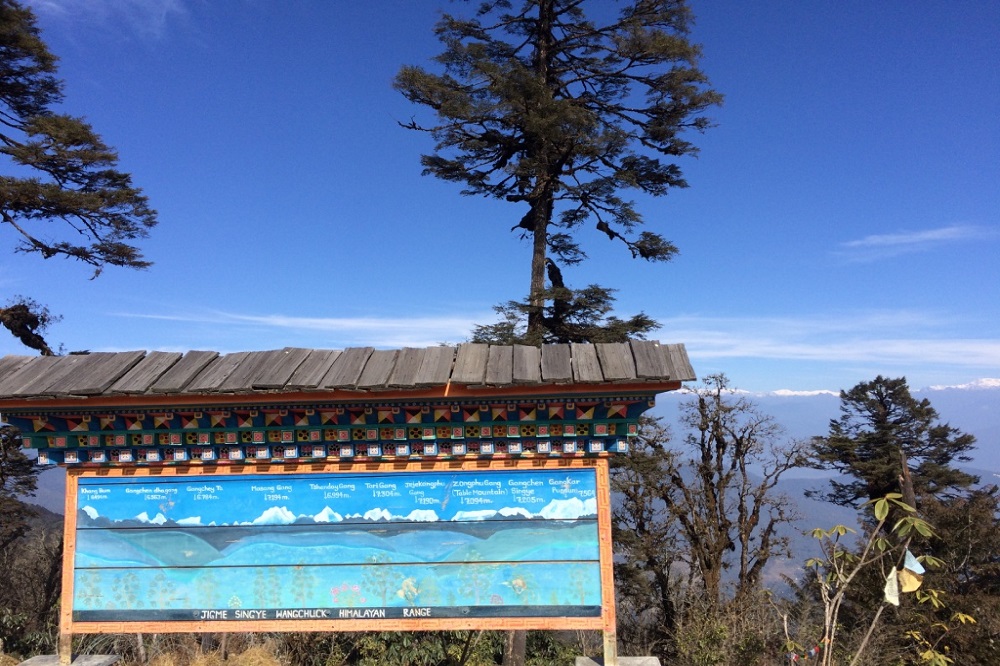
Day 11: Phokphe – Pimi (16km, approx. 6-hour trek, Descent: 1085m)
It’s about three hours climb from the camp site at Phokphe to Rodongla (4,129m), the highest point of this trek. As one ascends, the temperature starts falling and one can start noticing the shrubs of rhododendrons. From Rodongla pass it is downhill through a gorge, overlooking scenic mountain valleys covered with lush pine forests. The region is rich in folk lore concerning spirits and yetis. Near the camp site, there is a ruined stone building once being used as grain storehouse during the reigns of the first and second King.
Overnight camp at Pimi. (Altitude 3,004m)
Day 12: Pimi – Unger (9km, 4-hour trek, Descent – 2044m) – Gorgan (junction) - Autsho
On last day of the trek, the trail winds through the villages of Unger where you’ll be picked up by our transport and drive to Gorgan and then further about 30 min drive to Autsho, a picturesque village in north-eastern Bhutan.
Overnight at the hotel in Autsho. (Altitude 920m)
Day 13: Autsho – Lhuentse – Mongar (146km, approx. 5-hour drive)
After breakfast, drive to Lhuentse en route visiting Takila-Guru Statue. This world’s largest statue of Guru Padmasambhava of 173 feet height stands tall on the Takila mountain slope, overlooking the valley of Tangmachu. Guru’s statue is surrounded by eight big and 108 small chortens and serves an important pilgrimage site as well as place for meditation and retreat.
Drive further onto Lhuentse and visit Lhuentse Dzong. Sitting on a rocky outcrop overlooking the Kuri Chhu river, this mighty fortress was built by Trongsa Penlop, Chogyal Minjur Tempa in 1654 upon the site of an older temple established by Nagi Wangchuk in 1552. Since then, it has been renovated several times and now houses the administrative and religious centre of the district.
Later in the afternoon, drive to Mongar, the second largest town in the sub-tropical east, situated on the side of a hill in contrasts to other towns of Western Bhutan where towns are situated on valley floor.
Overnight at the hotel in Mongar. (Altitude 1,620m)
Day 14: Mongar - Trashigang (96km, approx. 3-hour drive)
Morning after breakfast, visit Mongar Dzong. It is site of one of Bhutan's newest Dzong built in 1930s. Yet the Dzong is built in the same method and traditions of all the other Dzongs; no drawings and nails have been used. A visit provides visitors an impression of how traditional Bhutanese architecture has continued to thrive through the centuries.
Then drive on to Trashigang, the eastern most town in Bhutan situated on the banks of Dangme Chhu river.
Later in the day, visit to Trashigang Dzong. Built in 1659 to defend against Tibetan invasion, Trashigang Dzong or ‘The Fortress of the Auspicious Hill’ was prophesized by Zhabdrung Ngawang Namgyel, the great unifier of Bhutan. Situated high atop a spur overlooking the Dangmechhu river, the Dzong commands a remarkable view and now serves as the administrative seat for the district as well as home to the monk body.
Evening explore Trashigang town. This place is also used as the market place for the semi nomadic people from Merak and Sakten whose costumes are quite unique in Bhutan.
Overnight at the hotel in Trashigang. (Altitude 1,150m)

Day 15: Trashigang — Samdrup Jongkhar (180 km, approx. 6-hour drive)
Trashigang — Samdrup Jongkhar road got completed in 1965, covering this journey in about 6 hours. Along the way, pass by Sherubtse College at Kanglung, the first college in country founded in 1978. Then the road climbs and crosses Yonphu la pass (2190m), cuts across the ridge into another valley, winds down slowly to Gumchu and then around the corner arriving to Khaling. Visit Textile Weaving Centre, operated by the National Women’s Association of Bhutan. After Khaling, the road traverses above the small villages, fields and crosses Kharungla pass (2350m) and later cross another pass at 2430m. Curling around the ridge and narrow valleys, arrive at charming town of Wamrong (2130m). From Wamrong, it is around 20km to Pemagatshel town junction, descending through small villages en route. Deothang town is the next stop, which is centre of Technical Training College and road maintenance headquarters for the east. From here the road descends fairly rapidly to the plain through a dense tropical forest with an abundance of teak, bamboo and ferns.
Overnight at the lodge in Samdrup Jongkhar. (Altitude 220m)
Day 16: Samdrup Jongkhar – Guwahati (Assam, India) (110km, approx. 3-hour drive)
After breakfast, picked up by representative from India at the hotel in Samdrup Jongkhar and drive onward to India’s north eastern town of Guwahati, for onward program.
HOTELS IN THIMPHU
HOTELS IN PUNAKHA & WANGDUE
HOTELS IN GANGTEY
HOTELS IN TRONGSA
HOTELS IN BUMTHANG
HOTELS IN MONGAR
HOTELS IN TRASHIGANG
HOTELS IN SAMDRUP JONGKHAR
HOTELS IN PHUENTSHOLING
HOTELS IN HAA
HOTELS IN GELEPHU
HOTELS IN ZHEMGANG
RESTAURANTS IN PARO
RESTAURANTS IN THIMPHU
RESTAURANTS IN PUNAKHA
TOUR ITINERARIES
TREKKING ITINERARIES
SPECIAL INTERESTS TOURS
UNIQUE FESTIVALS & FAIRS
BLOG
